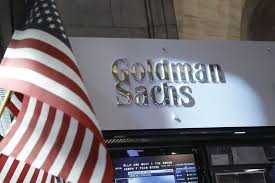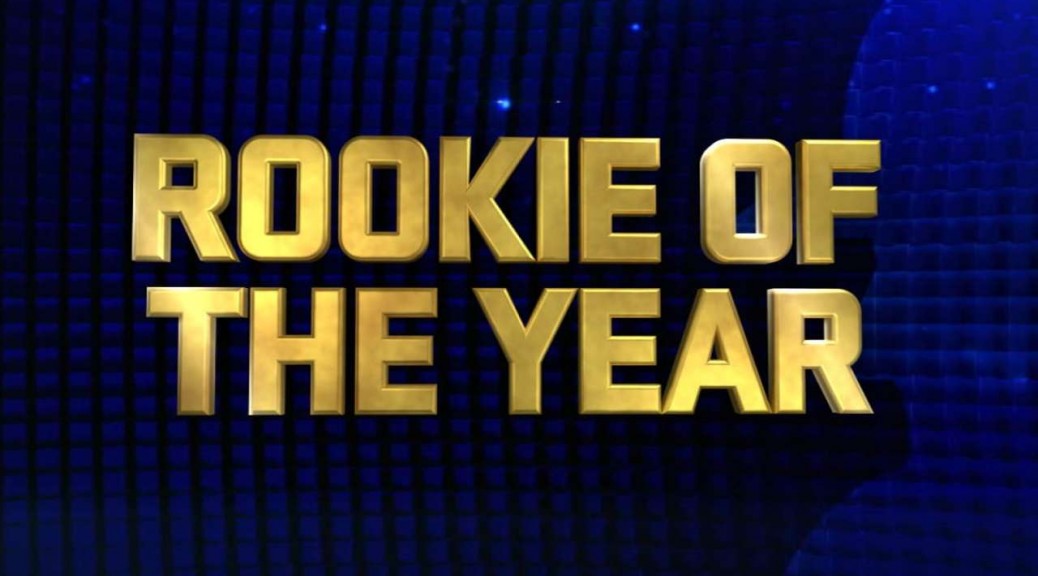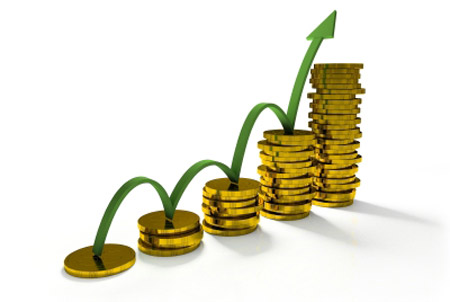MarketsMuse blog update profiles the social media ETF, The Global X Social Media Index ETF (SOCL). So far this year, SOCL has not been performing very well, which is in contrast to social media performance in everyday life. Social media sites are gaining more users everyday however the trend doesn’t show in SOCL’s performance. Investopedia’s article “Is Social Media ETF SOCL Too Risky?” by Dan Moskowitz investigates the reason this trend occurs. Extracts from the article are below.
The world is atwitter social media and its rapid growth right now. According to the Pew Research Center, 74% of online adults use a social networking site of some kind, up from 29% in 2008. And more advertising opportunities are blooming alongside the increased usage of mobile devices. In March, for the first time ever, the number of mobile-only internet users exceeded the number of desktop-only internet users, according to research firm comScore.
One of the trendiest ways to invest in social media is via the Global X Social Media Index ETF (SOCL), which tracks the largest publicly held social media firms around the world, including Facebook Inc. (FB), LinkedIn Corp. (LNKD) and Twitter Inc. (TWTR). With the sector’s global growth expected to continue for the long haul, betting on SOCL seems like a no-brainer.
What’s tricky with SOCL is that the trend doesn’t always match the performance.
For starters, SOCL returned -15.04% in 2014. Take a look at SOCL’s top ten holdings, their percentage of assets, and their one-year stock performances
The heavier-weighted holdings are performing well, but the 0.65% expense ratio for SOCL comes into play. Also notice that some of the weaker-performing stocks belong to Wall Street darlings — buzzy startups investors loved during their IPOs — that have had difficulty delivering consistent profits: Pandora, Groupon and Twitter, if you’re looking for a big industry name that’s falls farther down in SOCL’s holdings. If these companies are unable to deliver stock appreciation when markets are at all-time highs, then you shouldn’t expect them to perform well when the market takes a turn for the worse.
More people are accessing social media sites every day, a very positive trend. But without positive returns, that trend is irrelevant. Some of the companies/holdings for SOCL have difficulty delivering consistent profits and haven’t yet shown investors a clear-cut path to how they’ll do it down the road. If that’s the case when the stock market is at all-time highs, then it’s highly unlikely for these stocks to appreciate if and when the market falters. Put simply, unless you’re looking for a short-term trade, consider avoiding SOCL. But if the broader market continues to move higher thanks to Federal Reserve assistance and basic momentum, there’s a possibility it will take SOCL with it. As always, do your own research prior to making any investment decisions.
To read the entire article profiling the ETF SOCL, click here.




















